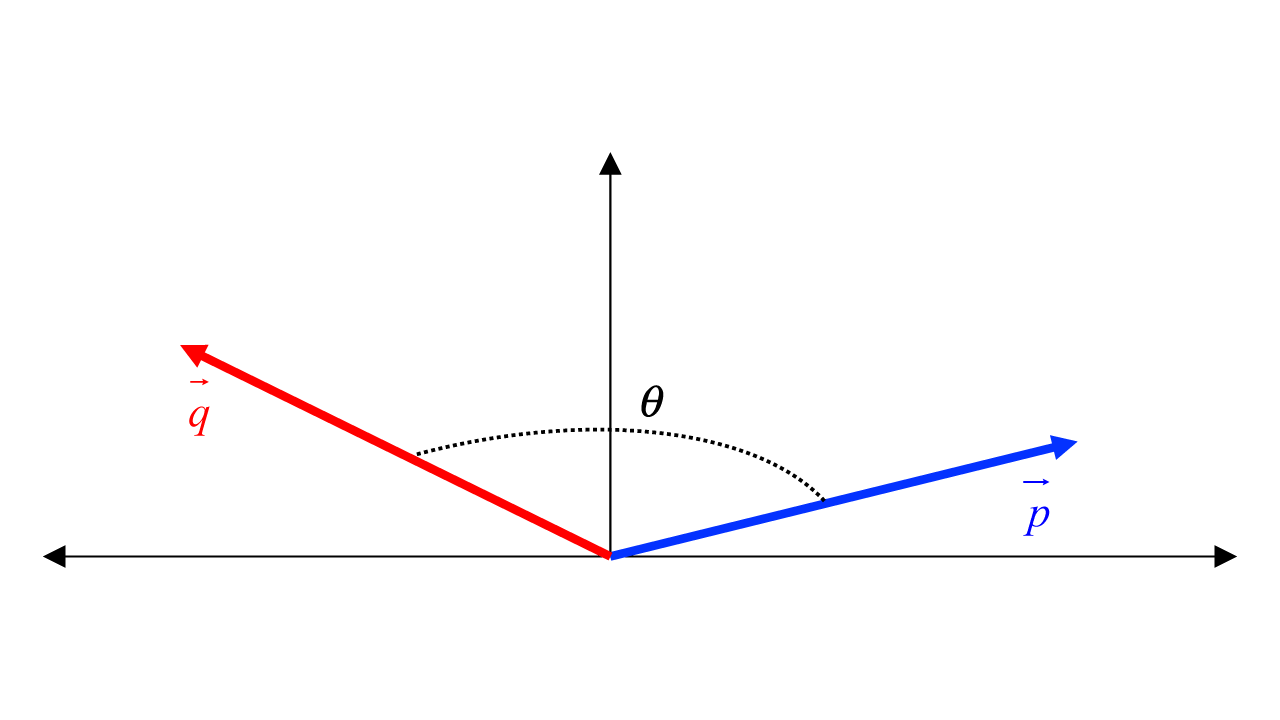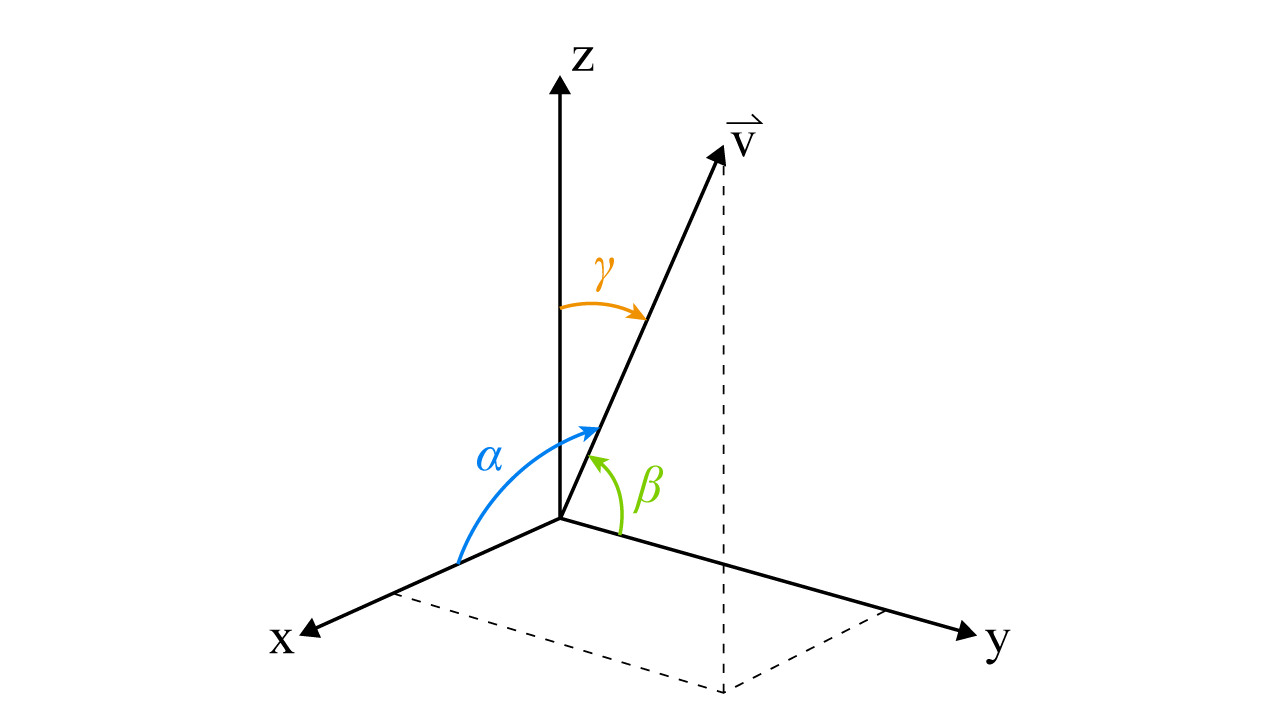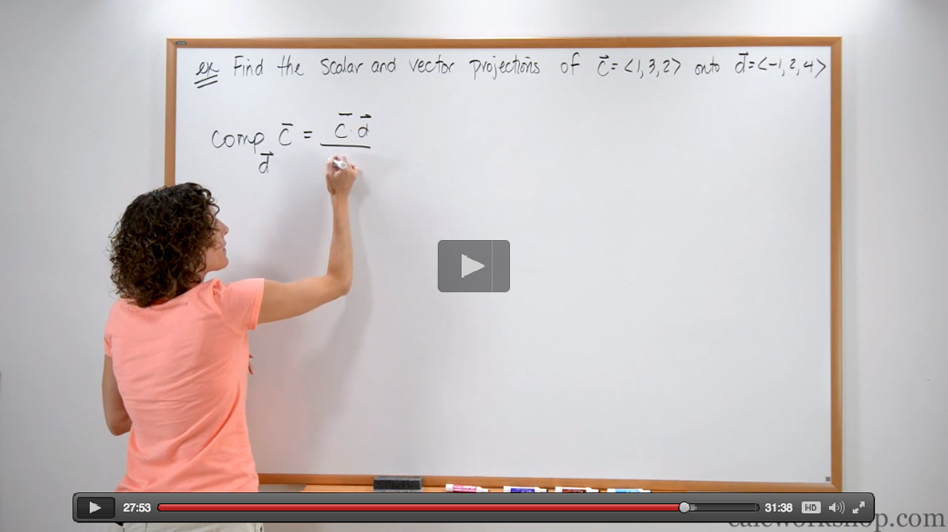How do you find the 3D dot product of two vectors?

Jenn, Founder Calcworkshop®, 15+ Years Experience (Licensed & Certified Teacher)
Good question, and that’s exactly what you’re going to learn in today’s Calculus 3 class.
So did you know that we get a scalar when we multiply two vectors together?
It’s true.
The dot product, appropriately named for the raised dot signifying multiplication of two vectors, is a real number, not a vector.
And that is why the dot product is sometimes referred to as a scalar product or inner product.
So, the 3d dot product of
So, all we have to do is multiply the corresponding elements and add the products!
Example – 3D Dot Product Of Two Vectors
Let’s make sure you got this by finding the dot product for each problem below.
Problem #1 – 2D Vectors
Problem #2 – 3D Vectors
Simple!
Dot Product Properties
And because the dot product behaves similarly to our property of multiplication, the following properties are easily shown for all vectors
But, what’s so special about the dot product?
Well, the dot product doesn’t yield just any old number but a very special number indeed.
Dot products are used to determine the angle between two vectors and play a significant role in solving various physical problems such as force, navigation, and space curves.
Geometric Interpretation of the Dot Product
The angle

Dot Product Visualization
Example – Angle Between Two Vectors
For example, let’s find the angle between the following two vectors
Step 1:
First, we will calculate the dot product for our two vectors:
Step 2:
Next, we will compute the magnitude for each of our vectors separately.
Step 3:
Lastly, we will substitute our values into our formula to find our angle
.
Not too bad!
And here’s something exciting. Depending on the value of the dot product, we can quickly determine if the angle between the vectors is acute, obtuse, or right.
Direction Cosines
But how can we use this knowledge to determine a vector?
As we know, a vector in two dimensions is determined by its direction and magnitude. But vectors in three dimensions are determined by their magnitude and three direction angles.
What?
Yes. Three direction angles, known as the directional cosines, help us to represent the angle located in the plane between a vector and each of the coordinate axes.
For
Where

Direction Cosines
This means that
Example – Direction Cosine Angles
Suppose we are given
First, we need to find the magnitude of our vector.
Next, we will substitute our vector elements into our formulas and solve
If
and , then
Nothing to it!
And understanding the dot product will help us in interpreting and find the cross product of 3D vectors in our next lesson!
So, together in our video lesson, we will expand upon our knowledge of vectors and discover how to find the Dot Product in 3d, Direction Angles, determine whether or not two vectors are perpendicular (orthogonal), and even learn how to find vector projections.
There’s so much to discover, so let’s get to it!
Video Tutorial w/ Full Lesson & Detailed Examples (Video)

Get access to all the courses and over 450 HD videos with your subscription
Monthly and Yearly Plans Available
Still wondering if CalcWorkshop is right for you?
Take a Tour and find out how a membership can take the struggle out of learning math.